Revolutionizing Education: The Story of Semrai and WorkNinja
Semrai, an ed tech innovator, aims to accelerate education with AI. WorkNinja, though imperfect, challenges traditional learning methods. Feizis research highlights AI detectors limitations.
In his early years, Semrai's family relocated from Queens to Palm City when he was just 9 years old. This geographical shift exposed him to a stark contrast between the public school systems in New York and Florida. What he had considered basic computer literacy in New York was a rarity in Florida. It was this disparity that ignited Semrai's journey into the realm of education technology, a path he has diligently followed since the tender age of 9.
During his freshman year of high school, Semrai embarked on a mission to bridge the educational gaps he had observed. He began creating software programs designed to enhance the learning experience. His dedication paid off when his online learning platform garnered recognition and startup funding through a local competition. Prior to the pandemic, Semrai had already demonstrated his innovative prowess by developing a digital hall pass system. This system not only streamlined school operations but also laid the foundation for efficient contact tracing. Impressively, it was adopted by a remarkable 40 school districts across the Southeastern United States.
Semrai is, at his core, a techno-optimist. He firmly believes that the rapid advancement of technology, including the development of artificial general intelligence (AGI), will inexorably lead humanity toward a "post-scarcity" society. This perspective aligns with a worldview often described as "effective accelerationism," distinct from the philosophy of "effective altruism," which advocates for actions that maximize positive outcomes, whatever they may be. Semrai's vision for his brainchild, WorkNinja, is built on a similar accelerationist logic.
In Semrai's view, AI-powered writing tools such as WorkNinja are valuable not because they enable students to cheat but because they compel educational institutions to adapt and evolve their curricula. He argues that if a task can be distilled into a formula for AI to execute, it is likely not a meaningful or effective assignment. Semrai envisions a future where every student can access the kind of personalized AI tutoring previously reserved for the elite. His personal journey into programming, which heavily relied on YouTube videos and internet forums for guidance, fuels his desire for easily accessible AI tutors. With AI tutors now a reality, he questions why we should hinder their progress.
Recently, I had the opportunity to use WorkNinja to generate several essays, including one delving into Darwin's theory of evolution. The initial output provided by the tool was functional but somewhat clunky and repetitive. Nevertheless, it explored the theory's implications for various fields such as biology, genetics, and philosophy. Notably, GPTZero promptly identified this text as likely AI-generated.
It becomes apparent that, at the very least, any student seeking to employ WorkNinja as a shortcut would need to meticulously edit and refine their draft before submission. However, this raises a genuine concern: if this rudimentary version of AI text generation can evade detection, what might a more sophisticated product achieve?
In March, Soheil Feizi, a researcher at the University of Maryland, published his findings regarding the performance of AI detectors. He argued that accuracy issues are virtually inevitable, given the mechanics of AI text detectors. The more sensitive the instrument becomes in detecting AI-generated text, the higher the risk of false positives, reaching what he deems an unacceptable level. Thus, striking a balance between sensitivity and specificity remains a formidable challenge. Furthermore, as AI-generated text continues to approach the statistical distribution of human-generated text, making it increasingly convincing, Feizi predicts that detectors will become less accurate. Paraphrasing, he found, is a particular stumbling block for AI detectors, rendering their assessments nearly random. In sum, Feizi's assessment paints a bleak picture for the future of these detectors.
Download your fonts:
Wavy Lines Font - Free Download
Stretcher Font - Free Download
Blocky Gods Font - Free Download
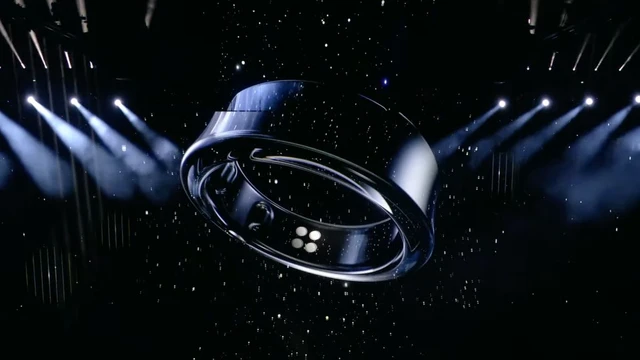


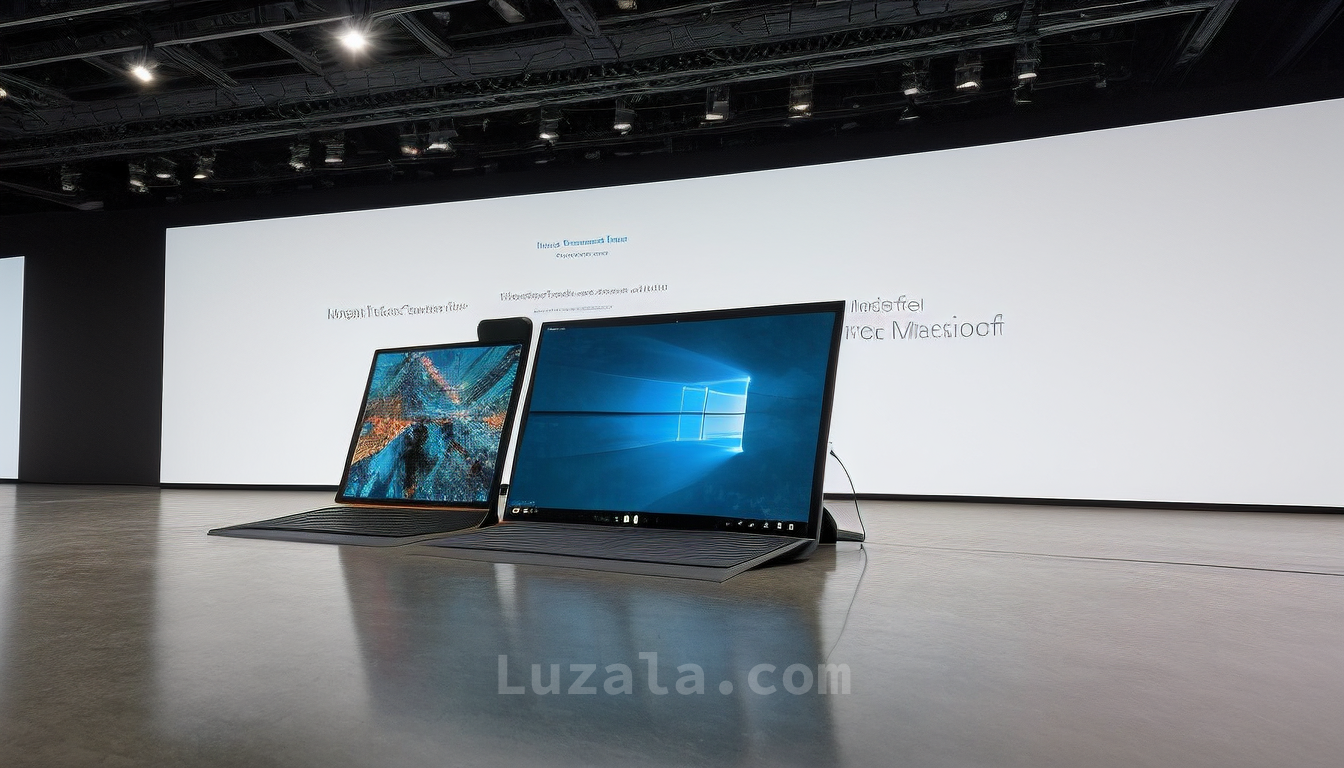
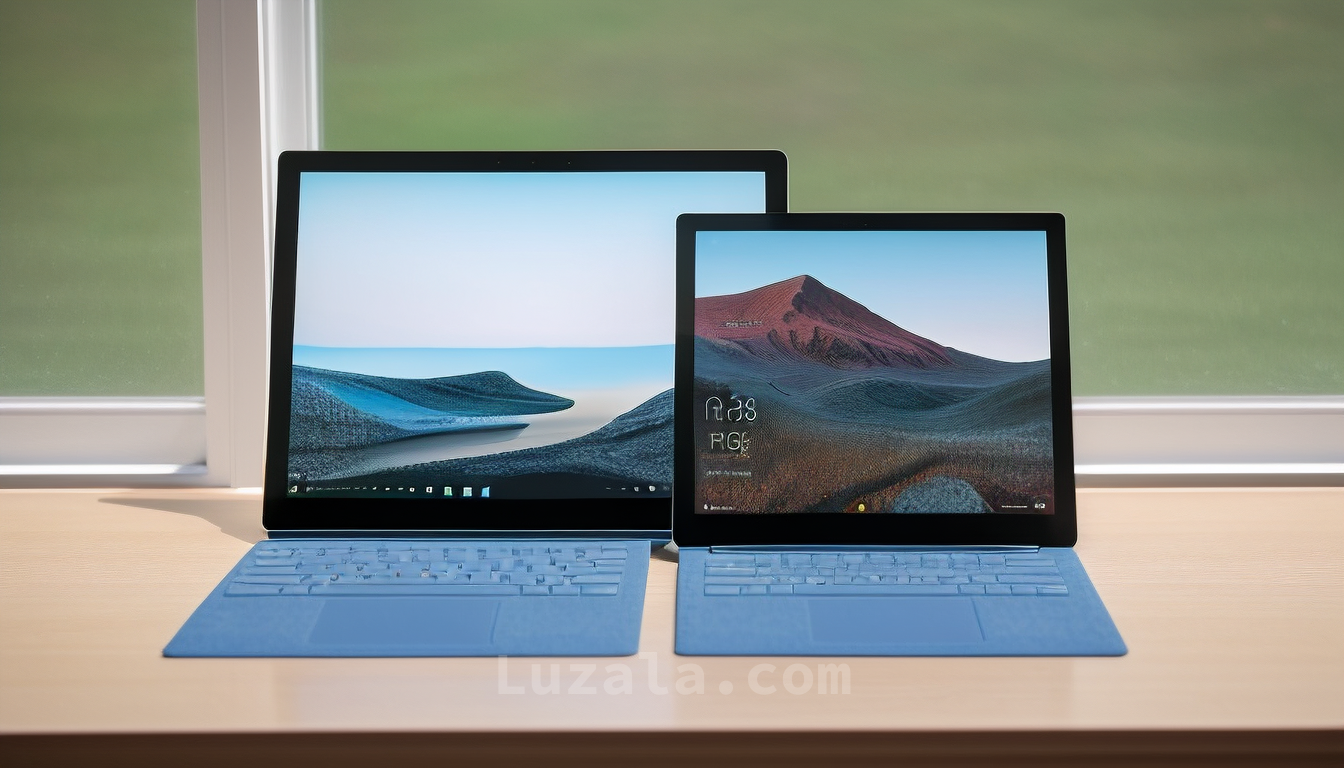


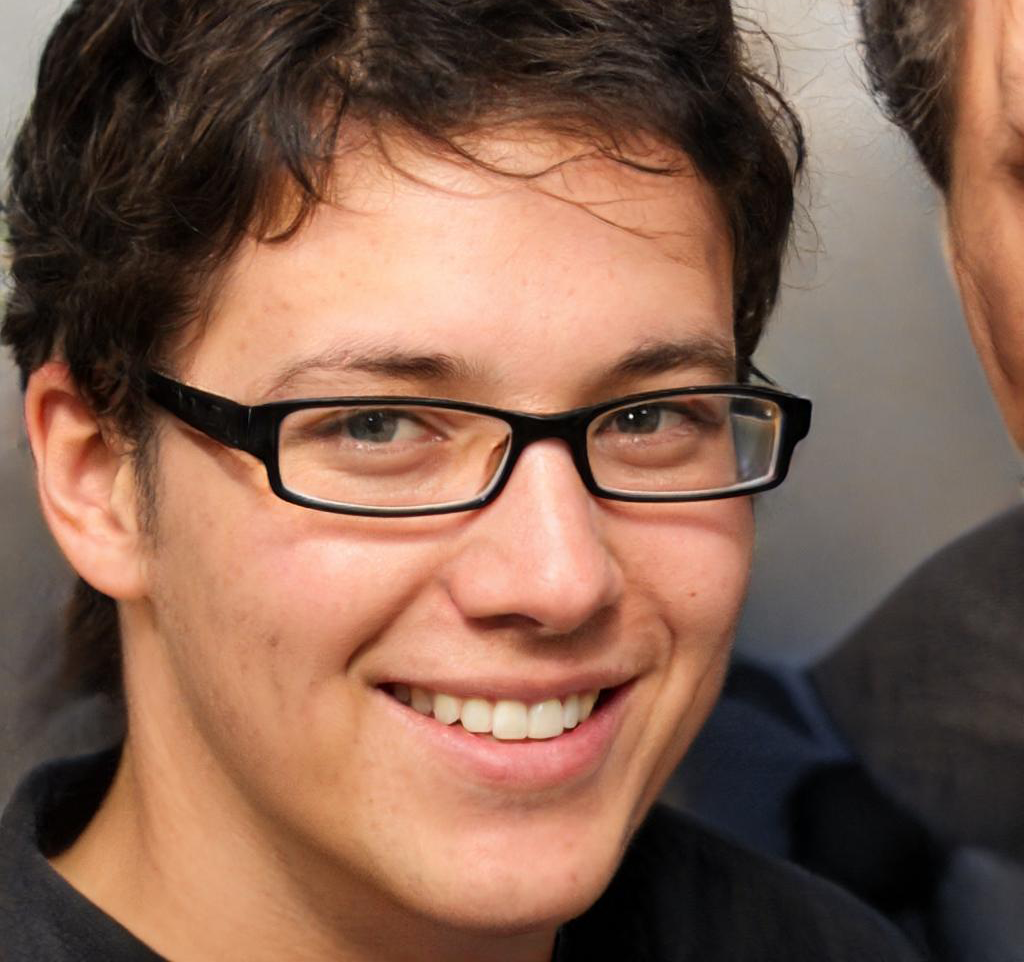
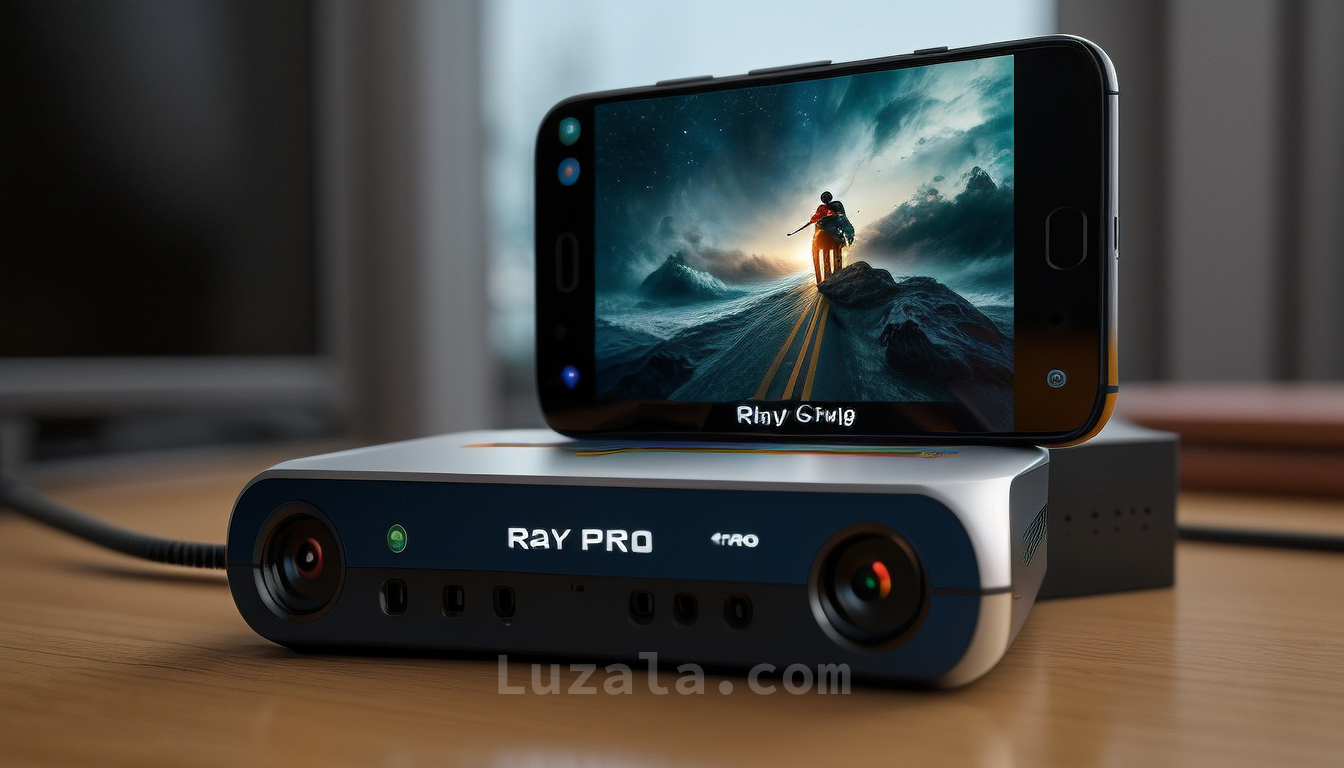






Comments